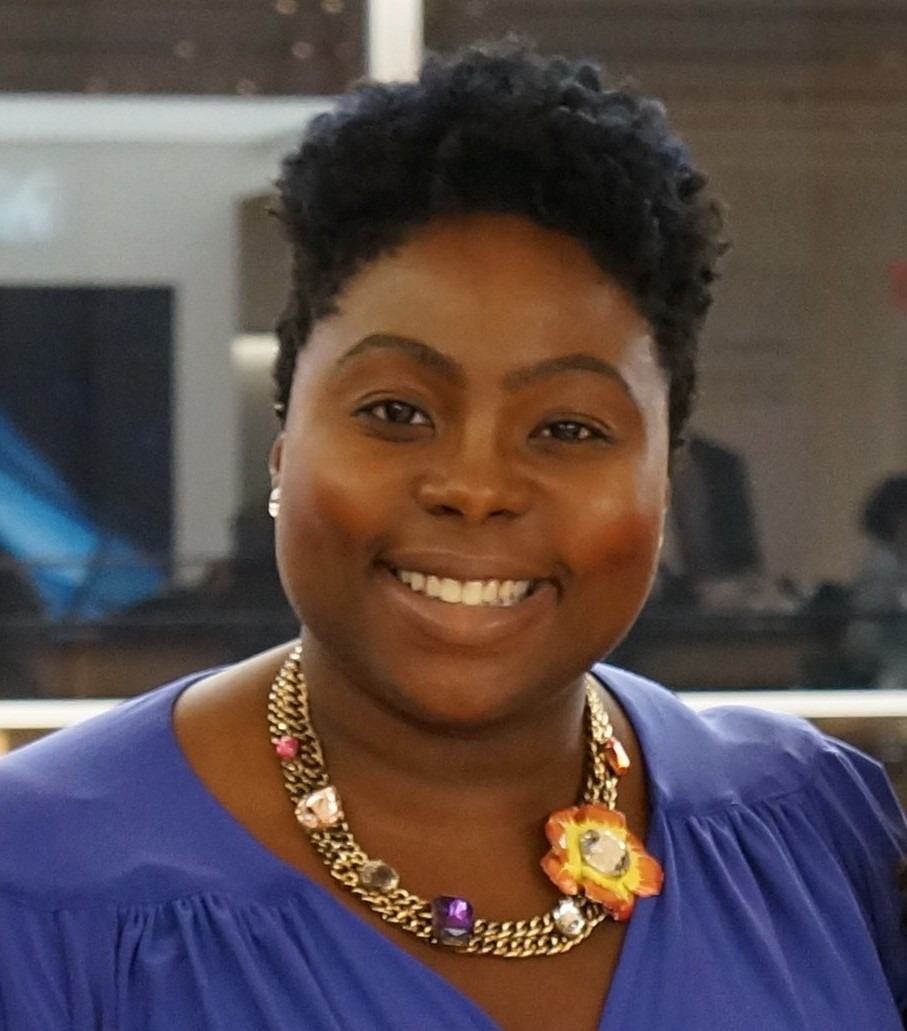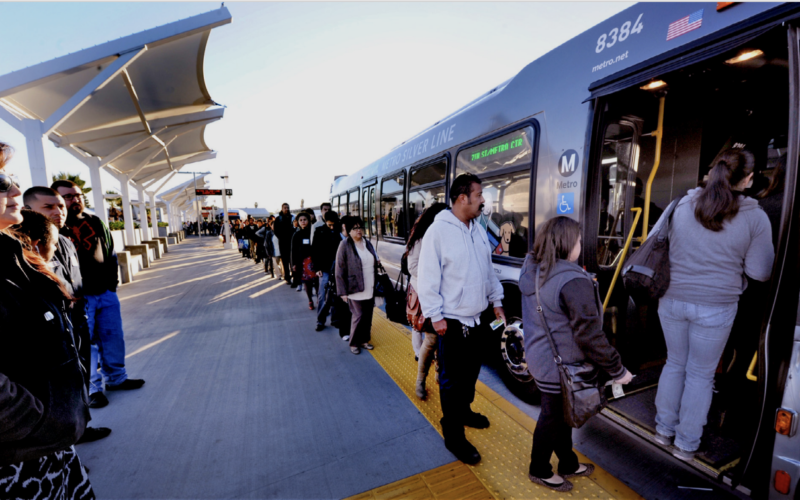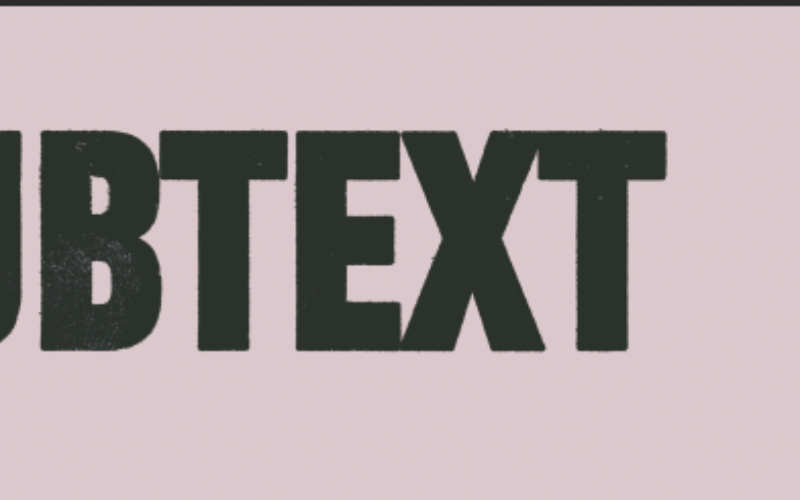
Tiffany-Ann Taylor is a mentor in TransitCenter’s inaugural Women Changing Transportation mentorship program, which we developed in response to the underrepresentation of women in the transit workforce. Women Changing Transportation aims to create connections and provide support for reform-minded women in the industry who are committed to making transit more effective and equitable.
Tiffany-Ann is the Deputy Director of Freight Programs, Education and Research for the Freight Mobility Unit of the New York City Department of Transportation (NYCDOT). Prior to working at NYCDOT, she worked at the New York City Economic Development Corporation in the Ports & Transportation division on transformative projects that affect passenger transportation throughout New York City. We chatted with Tiffany about the challenges of managing freight movement on city streets, and the importance of diverse representation in transportation leadership positions.
What program do you run?
I’m Deputy Director of Programs, Research, and Education for the New York City Department of Transportation. My two priority projects are our off-hour deliveries program, which encourages businesses to accept deliveries overnight, and our truck safety program.
How are you measuring the success of your program?
When it comes to deliveries, you can measure success in quite a few ways. One is the type of businesses that we’ve been attracting to the program. We’re focusing on both retailers and transporters and getting the word out that participating in the program is not just about reducing congestion – there are other benefits as well. One of these benefits is an opportunity for increased truck safety, because if you’re delivering goods in the overnight hours, there’s less opportunity for conflicts with vulnerable road users, such as pedestrians and cyclists.
When it comes to truck safety, it’s the question of who are we bringing to the table. We have quite a few programs that are geared both internally for other city agencies and information sharing, and externally with local communities. One of the biggest in the truck safety portfolio is Truck’s Eye View, which is a program where we bring a truck to a location, usually a family-oriented event like a food fair or Summer Streets, and have people come and sit in the driver’s seat of the truck. People get the opportunity to have firsthand experience with what the driver can see, and they’re always surprised when they realize what the driver cannot see – the blind spots on trucks are huge! For that program, we measure success by analyzing how many people of all ages are we able to bring to the program.
What obstacles is your program bumping up against?
Truck safety has been in the news lately because of an uptick in cyclist deaths in New York. And with those deaths has come the analysis, “Well, how many of those crashes are happening with trucks or large vehicles?” And so now that information is coming back to my unit. I think the biggest challenge there is getting everyone to understand that improved truck safety is something that everyone needs to focus on. It’s not just drivers. It’s also us being aware as pedestrians, as cyclists, and getting everyone to recognize that it’s not just a city responsibility. But we also need to have partnerships with folks who operate trucks in the private industry and other municipalities as well.
New York City trades goods both interstate and internationally, so it’s critical for us to get the word out and educate about what the city is doing and what it can be doing in terms of outreach and regulation.
I think the biggest challenge there is getting everyone to understand that improved truck safety is something that everyone needs to focus on.”
How would you describe DOT’s long-term vision for trucks on New York City streets?
Right now, more than 90% of our goods come in and out of New York City via truck, and freight activity is only expected to rise, especially with the advent of things like same-day delivery or two-day delivery. What will deliveries of the future look like? Sometimes it will be by truck. But it could also be by passenger vehicle, smaller commercial van, bicycle, on foot sometimes. The city is responsible for thinking creatively about how we can maximize both safety and efficiency of our streets as we continue.
Why do you think programs like Women Changing Transportation are important?
Women in transportation is something that seems very obvious. But you realize it’s not when you’re in those rooms and there aren’t necessarily other women there too. Women bring a different experience than men, who traditionally lead in those spaces. We’re thinking about things like safety and access differently. We’re talking about cost differently because our needs are different. So it’s really important to have women at the table not just in project management, but in leadership positions in particular. I need to see more women who have the authority to make serious decisions and influence policy at a higher level.
It’s especially important for us as urban planners to include diverse voices because we are making decisions that impact people’s daily lives. Transportation is so important that they call it the “great equalizer,” and so there absolutely needs to be more women and more women of color in this space. I’ve realized, especially as I continue through my career, that being able to physically see someone who looks like you in a leadership space is so important because it really does expand what your idea is of where your profession can go.
 “Who Rules Transit?” Chronicles the Gulf Between “Who Decides” and “Who Rides” at Transit Agencies
“Who Rules Transit?” Chronicles the Gulf Between “Who Decides” and “Who Rides” at Transit Agencies
Our latest report reveals a yawning gap between the demographics of transit riders – primarily women and people of color – and leadership at transit agencies – primarily white men.
Read More Introducing Subtext, a Zine from Women Changing Transportation
Introducing Subtext, a Zine from Women Changing Transportation
We’re thrilled to release the first issue of Subtext, a zine created by members of the Women Changing Transportation cohort.
Read More